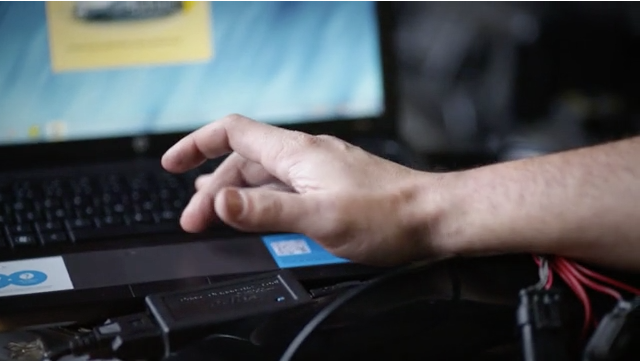As the landscape of school transportation evolves, the maintenance of school buses has become increasingly critical, not just for safety but also for operational efficiency. The integration of technology into maintenance processes presents a dual challenge: ensuring that traditional practices adapt to new tools while also leveraging these innovations to enhance service delivery. The central issue lies in balancing the need for rigorous maintenance protocols with the adoption of advanced technologies that can streamline operations, reduce costs, and improve safety outcomes. This intersection of technology and maintenance practices is essential for school districts aiming to optimize their fleet management and ensure reliable transportation for students.
To address these challenges, a comprehensive approach to maintenance that incorporates technology is recommended. This includes the implementation of predictive maintenance systems that utilize data analytics to anticipate issues before they arise, thereby minimizing downtime and repair costs. Additionally, training staff on new technologies and fostering a culture of continuous improvement can lead to better maintenance outcomes. The implications of these strategies extend beyond immediate operational benefits; they also contribute to long-term sustainability and enhanced safety standards in school transportation, ultimately ensuring that students receive the reliable service they deserve.








